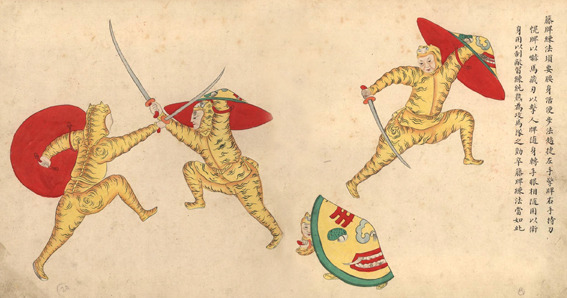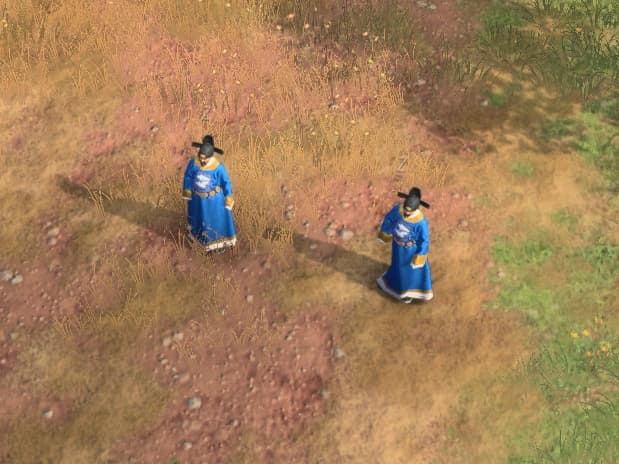You just want all Asian starting heroes have to have a noble status, but I don’t think there’s a need for that.
Using Japanese explorers and cartographers such as Mogami Tokunai, Inō Tadataka, and Mamiya Rinzō as the starting heroes not only improve the historical accuracy, effectively eliminates stereotypes, but also respects the existing gameplay. This is the indeed most sense so far.
The Daimyo should continue to maintain its great power and functionality, training units and providing auras. It can be used as a hero, basically up to 1, and needs to be obtained through an Age advance option (such as the Shogunate or a new option that replaces it), whether it requires a ransom or rebirth when defeated.
You didn’t get what I said. The problem is not statistics.
In Japanese society, the difference between Buddhism and Shintoism is definitely not just two different religions. They have different importance and functions in different fields of society. In China, Buddhism and Taoism have a similar relationship.
Buddhist concepts of reincarnation, karma, and life and death appealed to Samurais and war-torn people. Different from Buddhist monks, Shinto priests are basically have nothing to do with wars or battles, more related to the daily affairs of people’s livelihood. Having Shinto priests on the front line as a unit is unnecessary design. With the same concept, I would also say that the Chinese civ does not need Taoist priests who go to the front line. Army leaders were often accompanied by Buddhist monks rather than Shinto or Taoist figures.
We can introduce ordinary Hinduist and Buddhist Monks to be healer units for the Asian civs at Monasteries. It would make more sense to use them to heal military. No need to be able to train Shinto units for the Japanese civ itself, as building a large number of Shrines is already a good representation of the importance and function of Shinto in Japanese society in my opinion. People pray for a good harvest at shrines, which is effectively represented by the trickle of the Shrines. And people ask the monks in the monastery for the way of peace of mind, which is the meaning of Buddhist monks as healers.
There is no cost for hunting, but there is for building shrines.
Hunting obtains resources much faster than shrines provide resources.
A group of animals can be eaten for a while, but after building 2 shrines, you have to go further to the other groups of animals.
You can’t convince me this is decent design. Even if such a design could be balanced, there is absolutely no need to adopt it.
Training healers in the first 10 minutes of the game is basically a waste and hurts the economy badly.
The design in the game needs to be improved, but a way that respects the existing gameplay is definitely the first choice.
If renaming or reskin can already improve to a considerable improvement, I don’t think it is necessary to pursue 100% rework.


